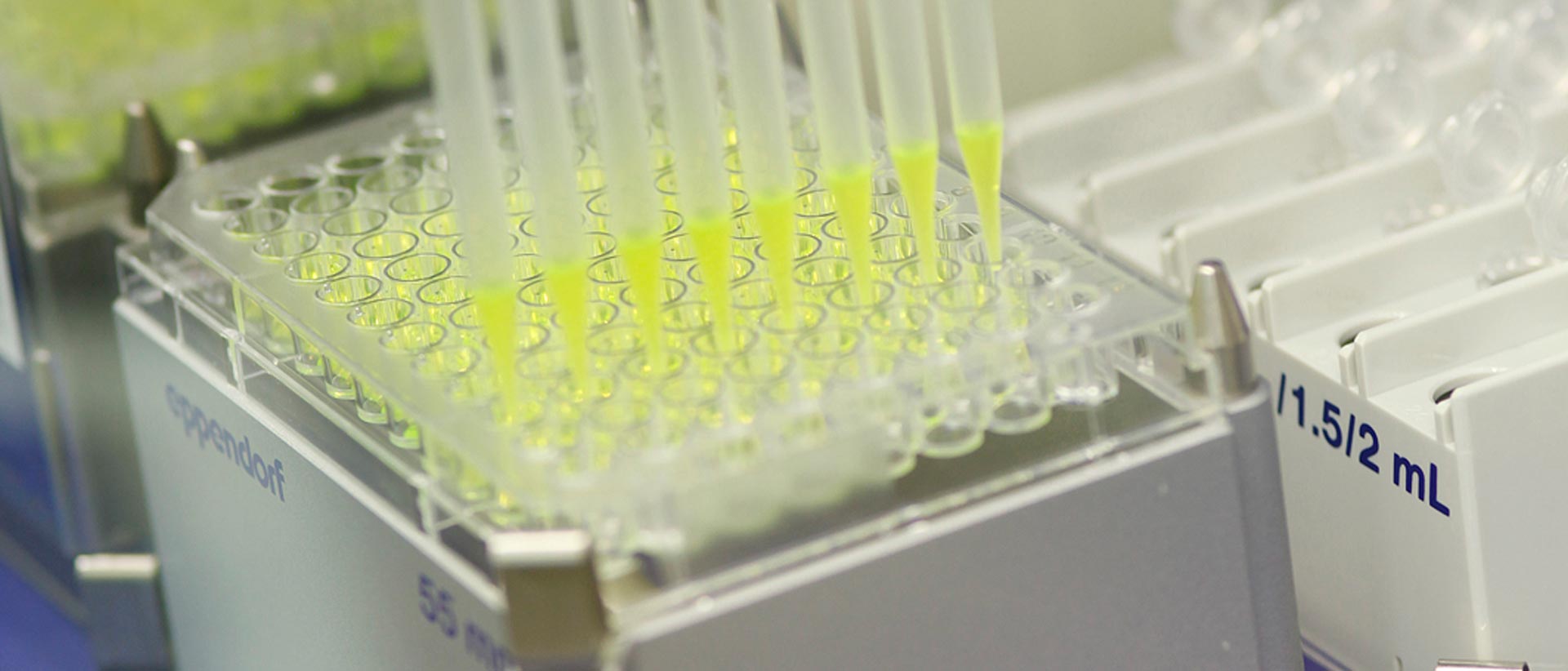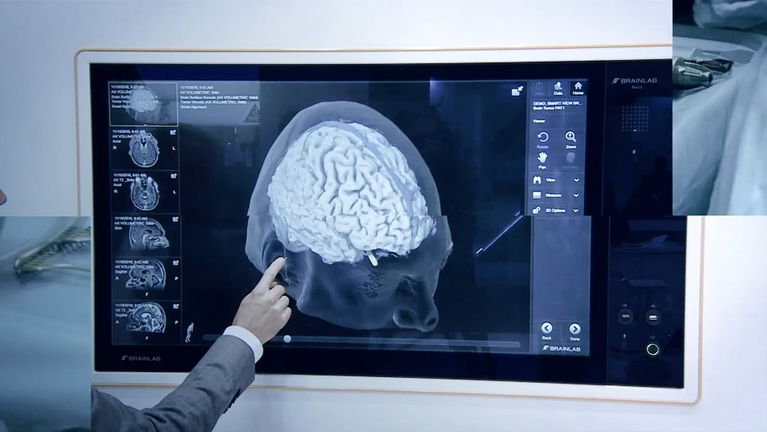Special Case: Biological Assessment of Gas Pathways
For gas pathways in a medical device and its parts or accessories (intended for ventilation, or supply of substances, via a patient's respiratory tract), DIN EN ISO 10993-1 can be of dubious benefit and can fail to recognize potential hazards. The DIN EN ISO 18562 series of standards offers an alternative for the biological assessment of these devices.
Tests for Biocompatibility of Medical Devices
- Chemical characterization - (DIN EN) ISO 10993-18
The chemical characterization of materials for medical devices identifies components that can be released from the product. The chemical substances are determined with the GC/MS test, which provides data for the biological assessment and & toxicological hazard potential for risk management. - Cytotoxicity - (DIN EN) ISO 10993-5
The cell culture test uses skin cells to detect cell-damaging substances (cytotoxins) that can be released from the material. The test assesses hazard potential for cell damage. This is recorded as a sum parameter. - Cytotoxicity for elastane-containing products (e.g. compression stockings) in conjunction with Wiegand, C. et al. (2017) *
Optimized protocol for the biocompatibility testing of compression stockings and similar products with close skin contact. *The journal of the textile institute, Vol. 109, No. 7, 891-902. - Skin irritation - (DIN EN) ISO 10993-23
The in vitro test for skin irritation utilizes three-dimensional human skin models (composed of different cell layers analogous to the human epidermis). The test procedure predicts the irritation potential of extracts from medical devices (and their components) using the viability of the RhE models. - Irritation/mucosal damage - HET CAM test
The HET-CAM according to DB-ALM Method Summary n° 96 is a recognized alternative to animal testing on rabbit eyes (Draize test), which is required according to (DIN) EN 10993-10. In the HET-CAM, coagulation, hemorrhage and lysis of blood vessels are determined on the chorionallantoic membrane of chicken eggs and three degrees of irritation are recorded (no to mild / moderate / severe irritation). - In chemico test for sensitization by a molecular event by covalent protein binding - DIN EN ISO 10993-10, Annex C
The DPRA method quantitatively determines the reactivity of a product extract by the depletion of synthetic cysteine- or lysine-containing peptides. The percentage depletion values are calculated and a prediction model is used to classify the product as sensitizing or non-sensitizing to the skin. - In vitro test for sensitization by activation of epidermal keratinocytes - DIN EN ISO 10993-10, Annex C
Skin sensitization is evaluated by measuring the basal release of IL-18 after application of a product extract to the air-liquid interface of the reconstructed human epidermis (RhE). This test can be combined with DIN EN ISO 10993-23 for skin irritation. - In vitro test for sensitization by activation of epidermal dendritic cells - DIN EN ISO 10993-10, Annex C
In the U-SENS test, the changes in the expression of the cell surface marker CD86 on U937 cells are quantitatively determined using flow cytometry. The reaction of the human immune cells to the sample extract allows the assessment of the allergenic hazard potential of the examined sample. - Biocompatibility evaluation of breathing gas pathways in healthcare applications
- Evaluation and testing within risk management process - (DIN EN) ISO 18562-1
- Tests for emissions of particulate matter - DIN EN) ISO 18562-2
- Tests for emissions of volatile organic compounds (VOCs) - (DIN EN) ISO 18562-3
- Tests for leachables in condensates - (DIN EN) ISO 18562-4
- Biocompatibility of coatings
Our innovative test methods collect valuable preclinical data. - Further tests on request
- Order Form - Biocompatibilitypdf
- Factsheet - Biocompatibility Testingpdf
- Factsheet - Biocompatibility of Medical Devicespdf
- Factsheet - Cytotoxicitypdf
- Factsheet - Chemical Characterization - DIN EN ISO 10993-18
- Factsheet - Sensitization/Allergen Effectpdf
- Factsheet - Skin Irritationpdf
- Factsheet - HET-CAM Test (Exclusion of Chemical Irritation)pdf
- Overview - Medical Device Testing Servicespdf
- Factsheet - Bioburden (Microbiological Cleanliness)pdf
- Brochure - Medical Device Testingpdf


